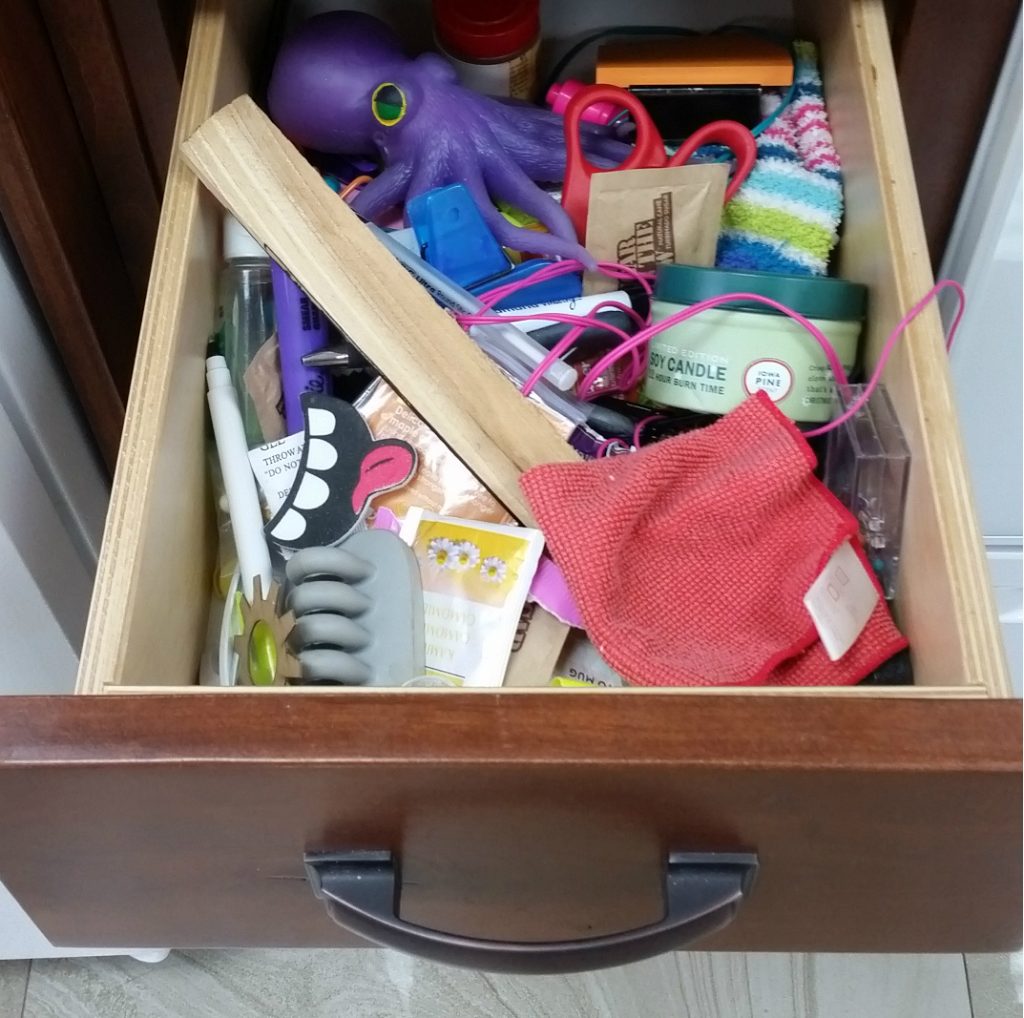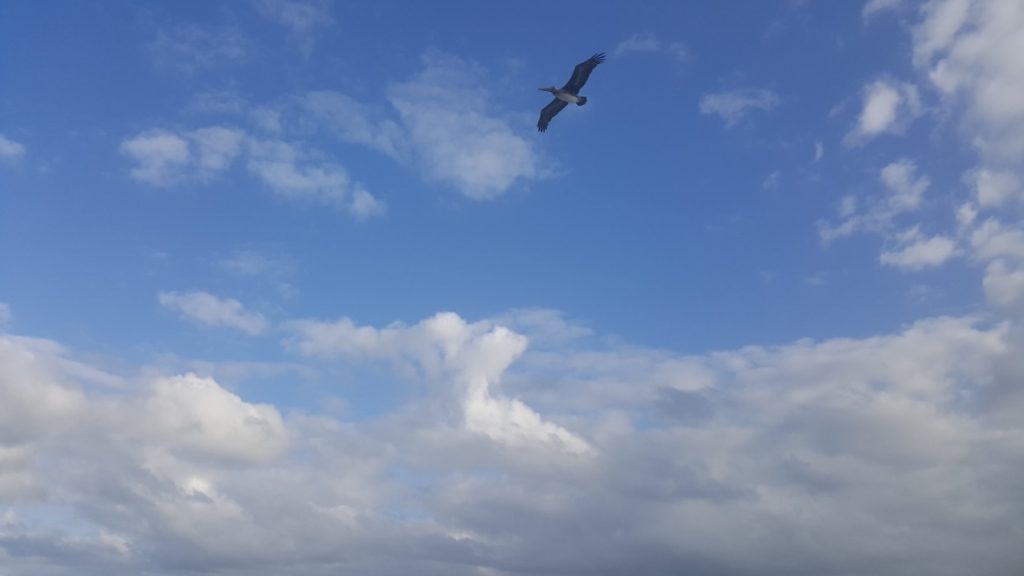This past weekend I finally got the chance to return a holiday gift. With all the pandemics, restricted capacities, and bad weather, it took a while. I hit the bathroom before driving home. On my way out of the restroom, I noticed a woman sitting by the entrance. A pile of shopping bags formed a small arc around her body.
In passing I remarked it looked like she’d had a good day. Perhaps smiles could have been exchanged, had we been unmasked. It was exactly the kind of small, meaningless, yet somehow fulfilling exchange that’s been absent for so many months. I actually hadn’t noticed it was missing until I did it. I walked to my car musing about the many missed random, pleasantries. And how many remain unspoken because people are afraid of spraying aerosols through their masks. Or perhaps people don’t say them as often because we’re all masked and that conceals part of the communication. Plus it’s super hard to understand some people through a mask.
When I lived in NYC, talking was a fine art. Networking meant everything. You never knew who you would meet when, or how a single interaction might impact your life. I could hear a whole life’s story on a long subway ride home. Or hear something funny, strange, bizarre and quintessentially New York, anywhere, at any time.
Coincidentally, I also read an article about the life line group texts/chats had become during the pandemic. I had been part of various group chats throughout the pandemic. But just like in real life, the thread petered out. A new chat started. However, many gaps that normally would have been filled with the occasional in-person outing, were missing. The deficit was too much to satisfy with a string of text and a few uploaded photos. It was something, but it just wasn’t the same.
When we emerge from the heavy part of this pandemic, there will be a new normal. I just hope it still includes these small, random exchanges. I feel starved for them.


